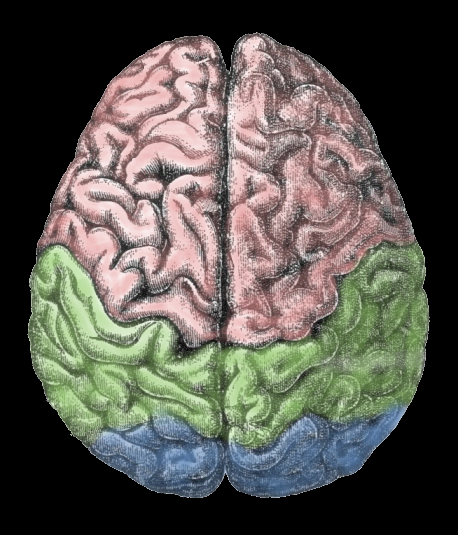Scientists Grow Functioning Neural Cells in Lab Raising Hopes of Bio-engineered Brain

Researchers in Sweden have successfully grown functioning neural tissues in lab, which has opened up significant new possibilities in medical science including new ways of treating cases of brain damage.
Scientists have already developed sophisticated techniques to grow tissues of other visceral organs such as kidney, liver, trachea, lymph nodes, and veins, and have even performed tissue transplantations in body for organ regeneration.
However, growing neural tissues in the lab is itself tricky as neurons are the most complex cells in our body, and imitating the functional biology of brain has been the most challenging task for scientists trying to unlock the mysteries of human body.
Neural tissues have been grown before in labs, but there is still a long way to go before researchers can achieve in vivo nerve regeneration and differentiation.
But Paolo Macchiarini and Silvia Baiguera at the Karolinska Institute in Stockholm may have identified a way forward.
Organic tissue is grown in a scaffold which replicates the protein-rich environment of tissues in the body, known as extracellular matrix (ECM). The in vitro scaffold thus provides nutrients and biochemical cues to the embedded stem cells to help them grow into differentiated cells.
The researchers contrived a gelatin scaffold with extracellular plasma from rat brain cells to replicate in vivo environment, and then lodged mesenchymal stem cells from another rat's bone marrow into the scaffold. The experiment was successful as the stem cells grew into differentiated neural cells in vitro.
The team believes that the bioengineering technique could be used for surgically treating neurodegenerative disorders and injuries.
Macchiarini hopes of using transplants of bioengineered tissue to replace parts of the brain tissues damaged by gunshots, concussions etc. and in conditions such as Parkinson's and Alzheimer's caused by death of brain cells.
"We expect that a patient's central nervous system cells could migrate into the implanted scaffold, adhere to it, grow and contribute to neural tissue regeneration," Macchiarini said.
A lot of research still needs to be done to safely carry out the procedure on humans, while ensuring targeted differentiation and an optimum integration of scaffold in human brain.
© Copyright IBTimes 2025. All rights reserved.



















